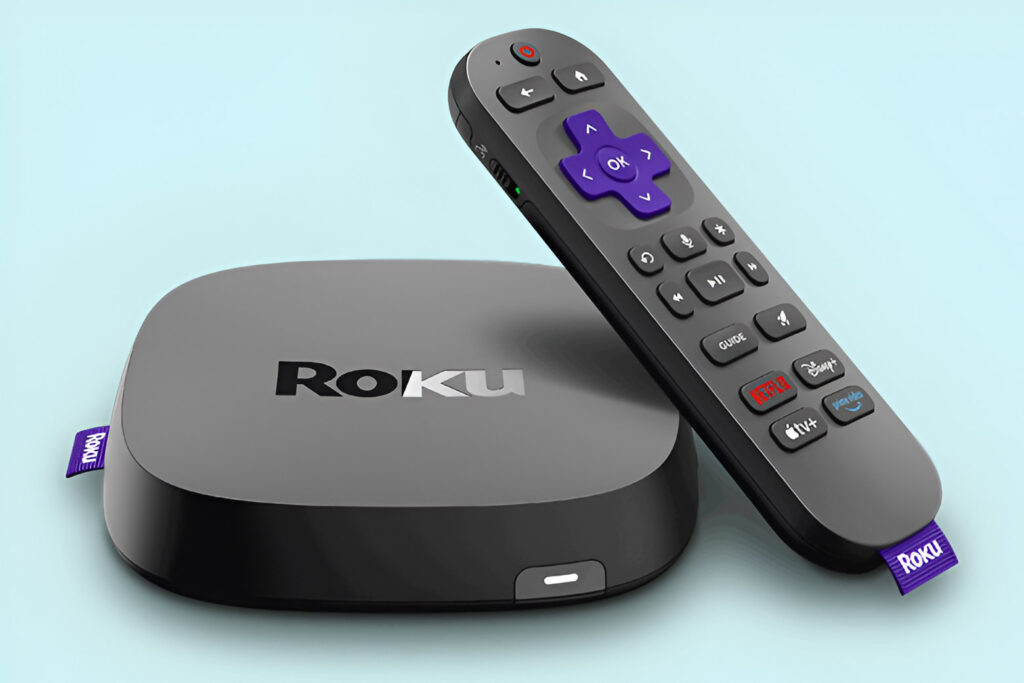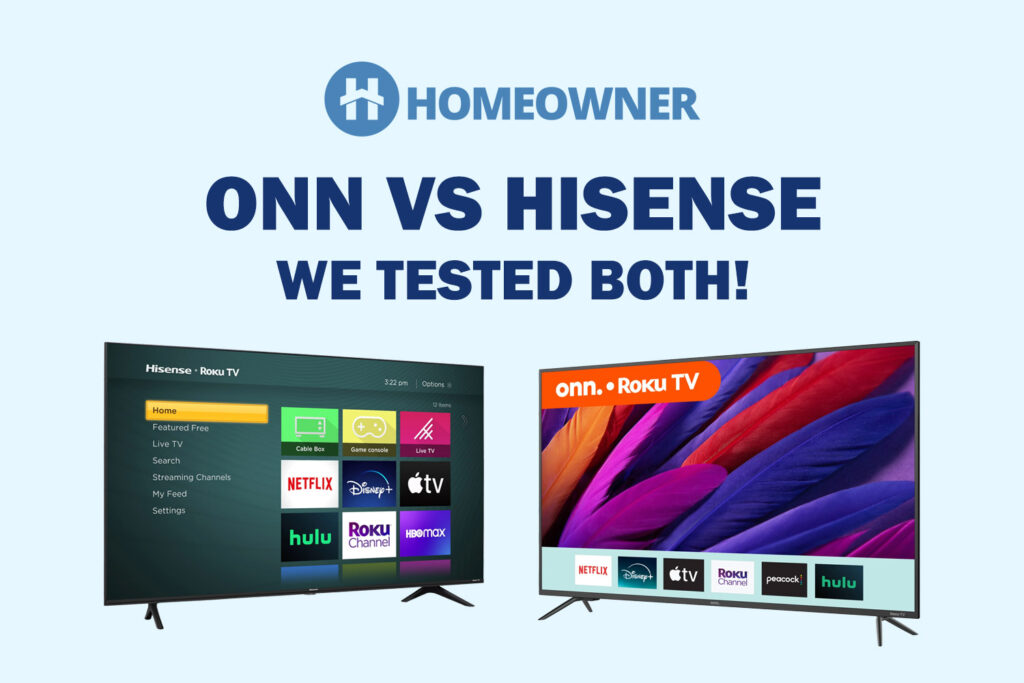Cat 6 and Cat 7 both the cables support up to 10 Gbps speeds. However, the major difference between Cat 6 and Cat 7 lies in operating frequency, range, and quality of output at longer distances.
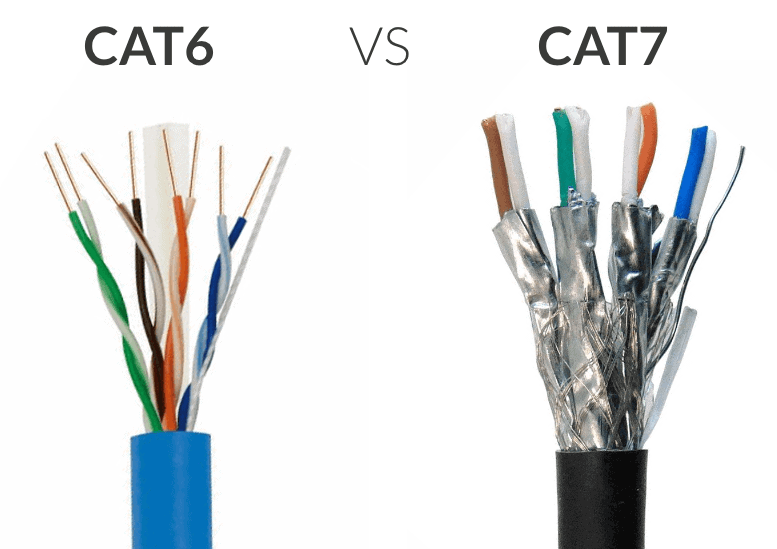
The Cat 7 Ethernet cable transmits at 600MHz compared to 250MHz of Cat 6. This allows Cat 7 cables to maintain speeds up to 100 meters while Cat 6 can keep those higher speeds until 55 meters.
The extra shielding in the Cat 7 cable makes it bulkier, more durable, less vulnerable to cross-talk, and minimal signal-to-noise ratio. All these advantages come at a higher cost. Cat 7 is superior, but would you need them at your home? Maybe not.
Read this ethernet cable comparison for more clarity on features and Pros and Cons.
Cat 6 vs Cat 7: Side-by-Side Comparison
| Attributes | Cat 6 | Cat 7 |
|---|---|---|
| Maximum Transmission Speed | 1Gbps/10Gbps | 10Gbps |
| Maximum Frequency | 250MHz | 600 MHz |
| Maximum Cable Length/distance | 100m with 1Gbps, 37-55m with 10Gbps | 100m |
| Backward Compatibility | Yes (Cat 3 to 5) | Yes (Cat 5e, 6, 6a) |
| Cable Construction | UTP or Shielded | Shielded |
| Termination Connector | RJ45 | Non-RJ-45 |
| Cost | Less than Cat 7 | 20-30% more than Cat 6 |
| Installation Cost | $0.30 per foot (approx) | $0.60 per foot (approx) |
| Durability | Around 10 years | Around 15 years |
| TIA/EIA Recognition | Yes | No |
| CrossTalk | Yes (Higher than Cat 7) | Yes (Negligible) |
Cat 6 vs Cat 7: How To Choose?
Choosing between Cat 6 or Cat 7 cables as a networking solution can be tough. One of the major factors driving the decision should be the cost-benefit factor. Are you using cables for longer than 50 meters? Cat 6 speeds are reliable at a shorter range.
What's your bandwidth requirement at the furthest end of your facility? Do you want to avoid interference? Cat 7 gives an immense advantage here.
Do you plan to run the cabling covering outdoors? How long do you want the cabling to last? The shielding quality and the durability of Cat 7 will save you a tonne of bucks in the long run. Get a clear understanding of your requirements and choose wisely.
What is Cat 6?
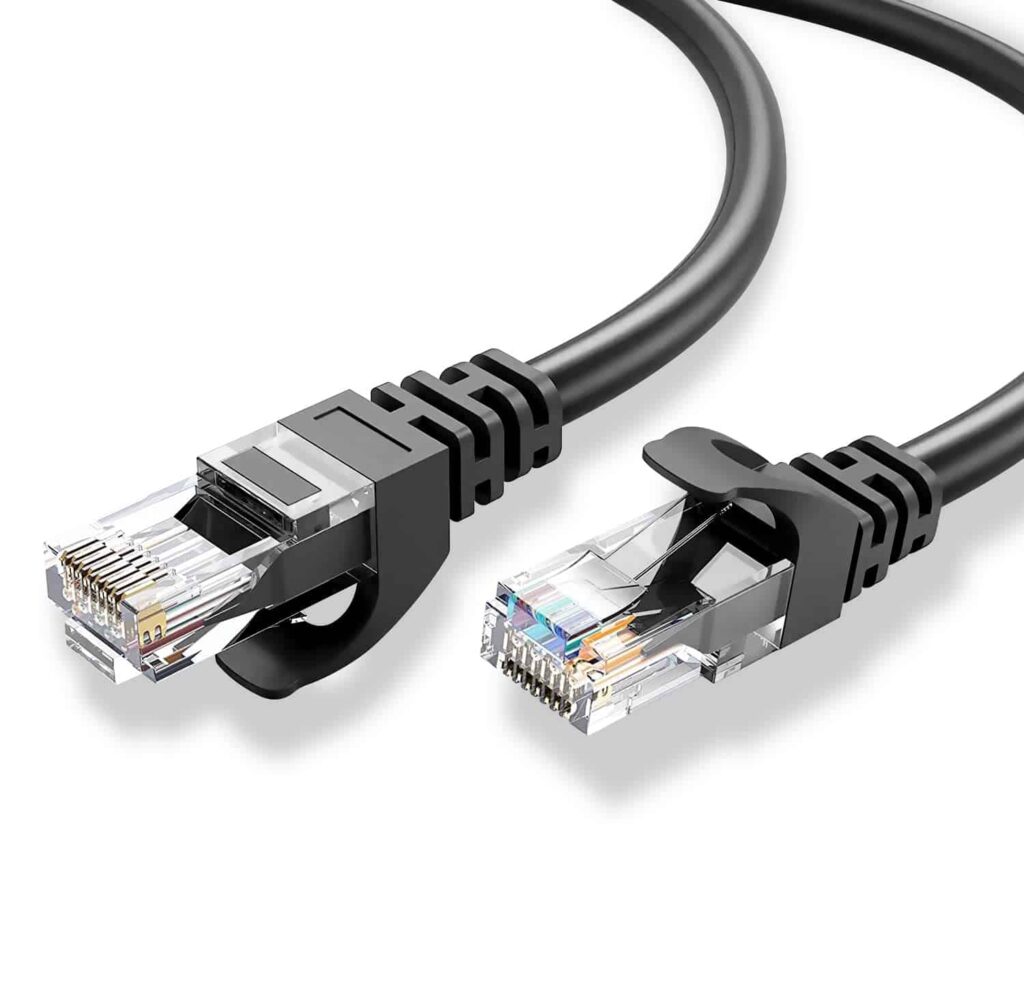
The category 6 Ethernet cable follows the unshielded twisted pair design with noise reduction and cross-talk improvements over the preceding cat 5e cables.
Using pure copper for conducting puts stringent regulations on the manufacturers, imparting a higher quality and improved performance. They predominantly use 8P8C modular connectors.
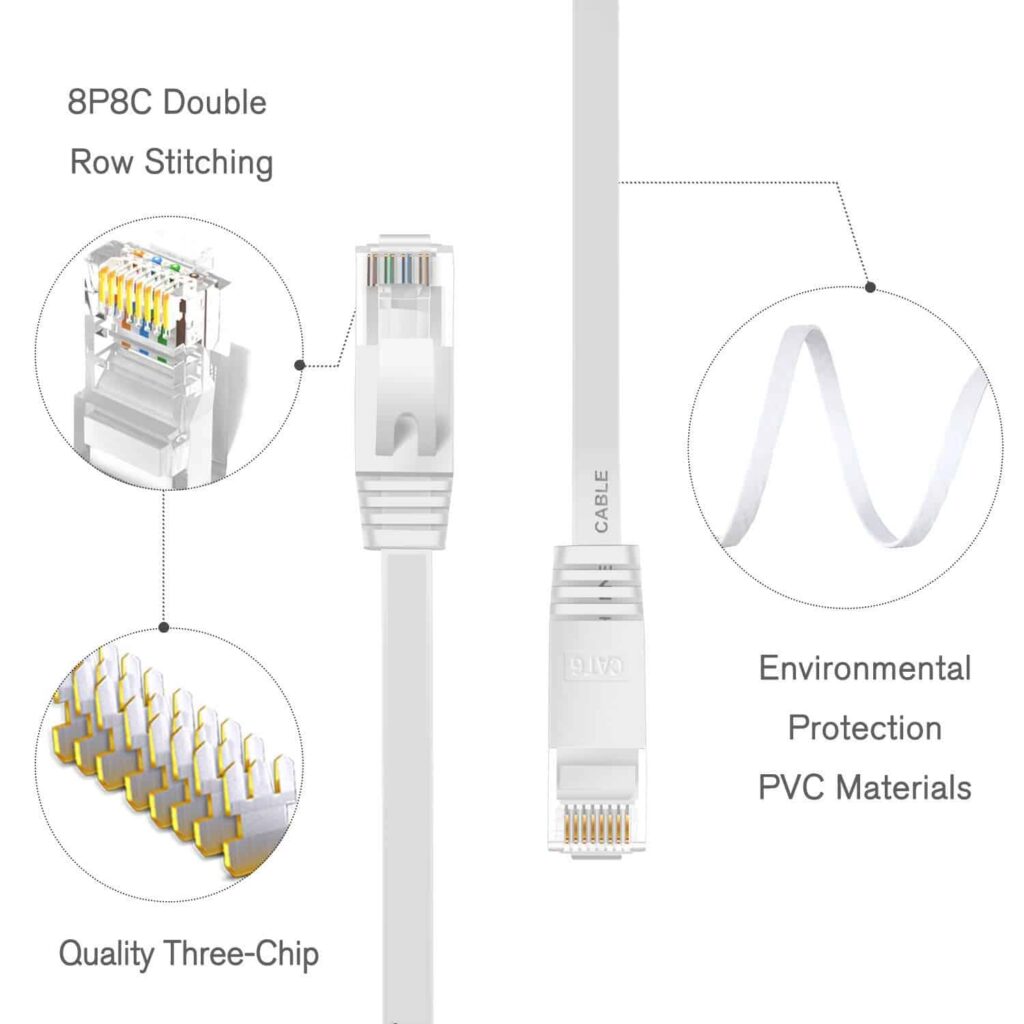
The Cat 6 cables operate at a frequency of 250MHz compared to lower 100MHz for the ones preceding it. They deliver 1000 Mbps speed up to 100 meters of cabling, while it can scale the speeds up to 10 Gbps at shorter distances of 37 to 55 meters. It's the best bang for your buck for home installations.
Cat 6 vs Cat 6A
The Cat 6A is an augmented version of the Cat 6 cables operating at 500MHz, with improvements in noise reduction and performance over longer distances.
The Cat 6A cables maintain higher speeds of 10 Gbps up to 100 meters of cabling, unlike Cat 6 Cables, which are not recommended for higher speeds beyond 55 meters.
The additional shielding in Cat 6a makes it a little bulkier and more durable than the cables with Cat 6 standards.
All this leads to higher costs per foot, but the additional durability, higher speeds, and transmission range are enormous advantages for commercial facilities.
| Feature | Cat 6 | Cat 6A | Winner |
|---|---|---|---|
| Frequency | 250 MHz | 500 MHz | Cat 6A |
| Transmission Range | 55 Meters, 100 meters (reduced speed) | 100 Meters | Cat 6A |
| Cost | $0.30 per foot | $0.45 per foot | Cat 6 |
| Maximum Transfer Speed | 10Gbps (<55 Meters) | 10Gbps | Cat 6A |
| Bend Radius & Bulkiness | Less | More | Cat 6A |
| Durability | Lighter than Cat 6 with reduced durability | Bulkier with extra shielding | Cat 6A |
Pros & Cons of Cat 6
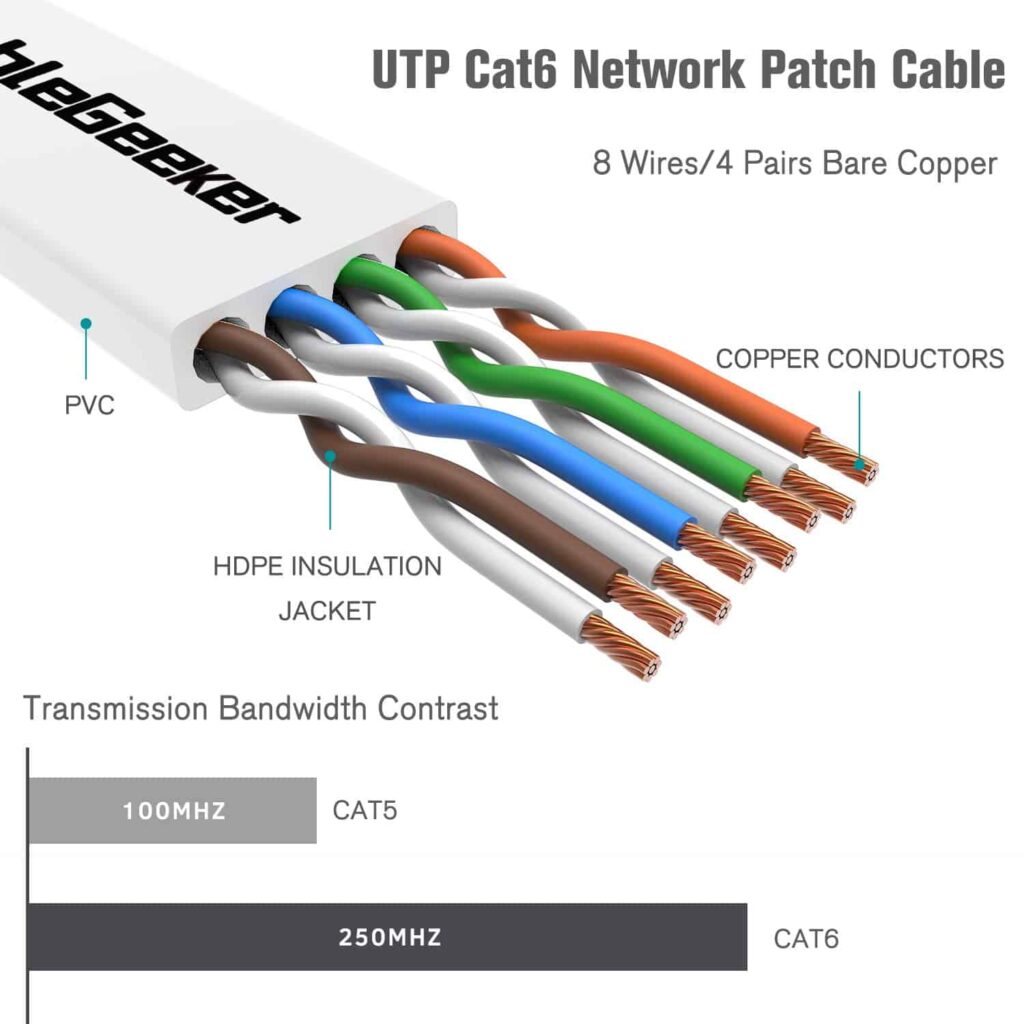
Pros
- Cat 6 cables are cost efficient
- They are light, and installations are easier
- Lower Minimum bend radius for Cat 6 cables
- Backward compatible with older standards
Cons
- Higher noise ratio and cross-talk
What is Cat 7
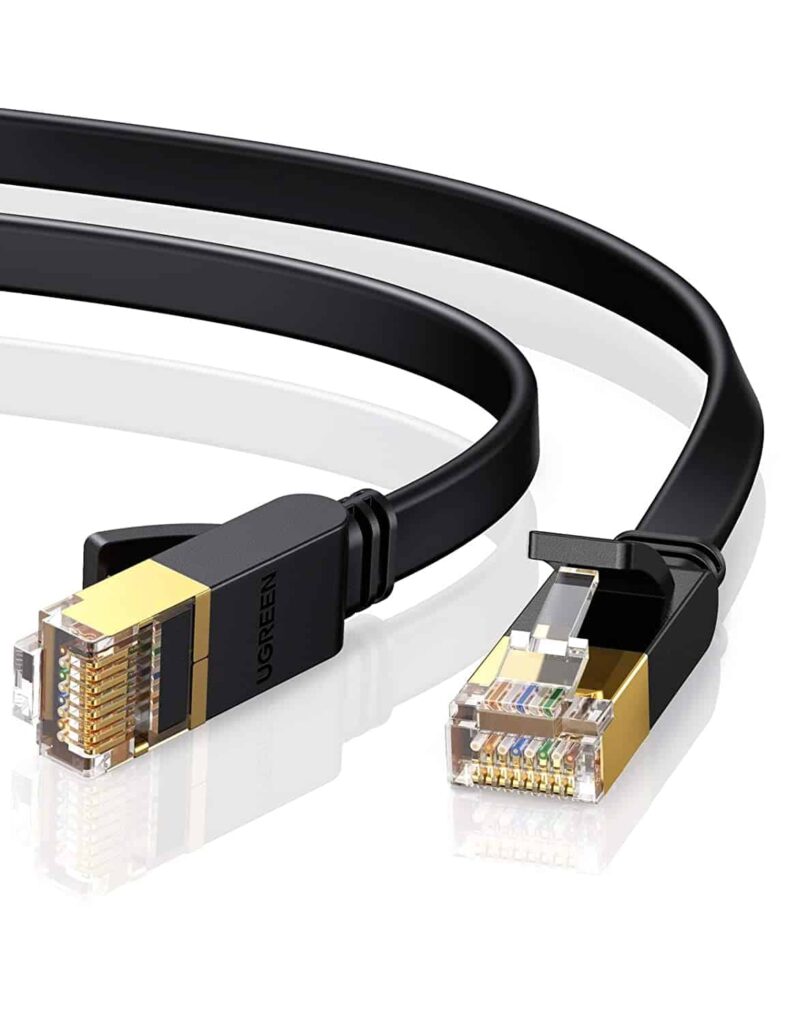
Cat 7 cables come with shielding for individual wire pairs and on the outside. The Cat 6 cables rely on the quality of the twist. The shielded cable sport a longer twist yet delivers a reduced signal-to-noise ratio and cross-talk.
Unlike the Cat 6 cables, the Cat 7 cable uses the GG45 connectors.
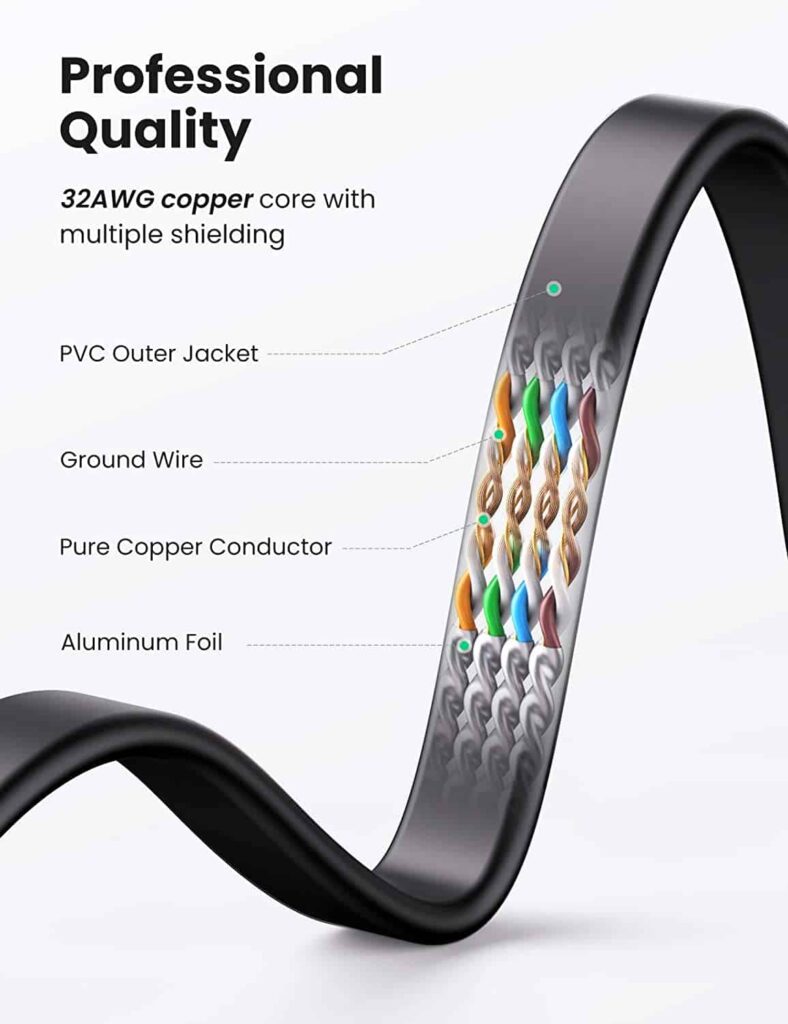
Designed to operate at a higher frequency of 600 MHz, the Cat 7 cables add more reliability and deliver higher speeds. They can deliver 10 Gbps at a range of 100 meters, while controlled experiments revealed they can deliver speeds of 100 Gbps at 15 meters and 40 Gbps at 50 meters.
Cat 7 vs Cat 7A
The Cat 7A follows a similar design to Cat 7, primed to operate at higher frequencies and deliver higher quality data transmission with reduced signal-to-noise ratio and minimal cross talk.
But the higher cost translates to a benefit only in specific large-scale business solutions.
| Feature | Cat 7 | Cat 7A | Winner |
|---|---|---|---|
| Frequency | 600 MHz | 1000 MHz | Cat 7A |
| Transmission Range | 100 Meters | 100 Meters | |
| Cost | $0.6 per foot | $0.8 per foot | Cat 7 |
| Maximum Transfer Speed | 10Gbps @ 100 meters | 10Gbps @ 100 meters | |
| Bend Radius & Bulkiness | Less | More | Cat 7 |
| Signal to Noise/Cross Talk | Lesser than Cat 6 and higher than Cat 7A | Minimal (Lower than Cat 7) | Cat 7A |
Pros & Cons of Cat 7
Pros
- High-speed capacity
- Longer transmission range
- Reduced crosstalk and minimal signal-to-noise ratio
- Bulkier and durable
Cons
- Higher cost
- Limited backward compatibility
- Different connectors
So, Who Should Use Cat 6 Cable?
The backward compatibility of Cat 6 cables and the high-speed capacity makes it ideal for home users. With no hassles, it can support high-speed gaming and streaming activities for home users.
The low cost per foot also makes it ideal for small and medium businesses and data centers.
And, Who Should Use Cat 7 Cable?
You can get the most bang for your buck when you pair your smart home with Cat 7 cables. The high-speed capacity, minimal noise, and interference make it ideal for having a flexible, reliable cabling system. If you are a gaming-centered business, relying on a durable, future-proof wiring system makes sense.
Note: At Homeowner, I talk about internet speeds, modems, wireless routers, and mesh systems.
Frequently Asked Questions
Yes. By design Cat, 7 cables operate on a higher frequency and deliver reliable higher speeds, even at longer distances. The substantial improvement of Cat 7 cabling will be apparent in a multi-player, professional gaming setting.
A shielded twisted cable has pairs of wiring shielded in a foil, which greatly reduces interference and noise. The unshielded twisted cables lack the protection of the foil around the wires and rely on the tightness of the twisting to reduce any interference.
Home networking equipment like wireless routers will work just fine with Cat 7 cables. But they will operate at much-reduced speeds at the capacity of Cat 6 cables high-speed networking devices scaling higher than 10 Gbps are not yet available for home users.
Cat 6 offers a typical home user the right balance of cost, value, and speed. If you are in a smart home with high networking demands, use a Cat 7 cabling system. Cat 7 is a match for offering business networking solutions.
Suggested Read: How to Convert Coax to Ethernet?
Conclusion
Comparing Cat 7 with Cat 6 ethernet cable comes down to the performance. As a home user, if you are torn between choosing Cat 6 or Cat 7, go for a Cat 6 ethernet cable. It's hard to justify the cost-benefit ratio of Cat 7 cables unless you are in a full-fledged smart home. Cat 6A can be a better choice.
But for a business networking solution, the Cat 7 cable and its performance outweigh the cost factor with its durability and higher speeds.


